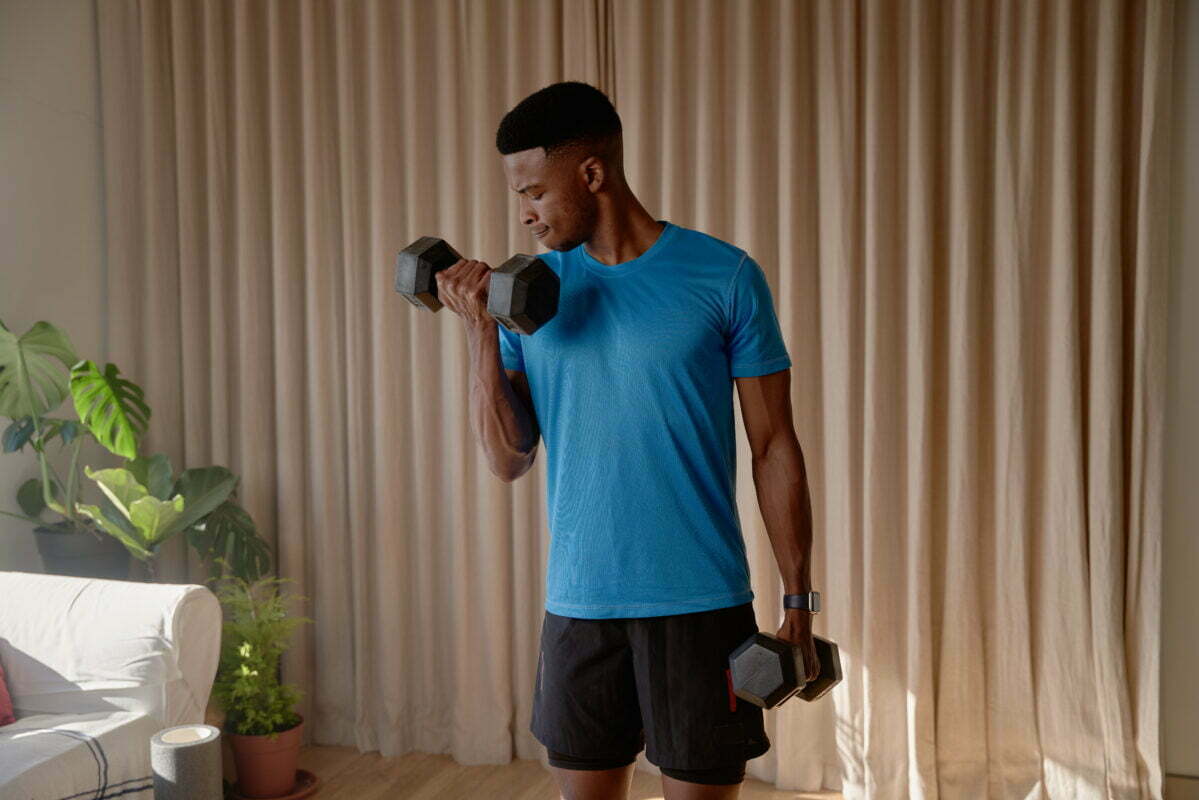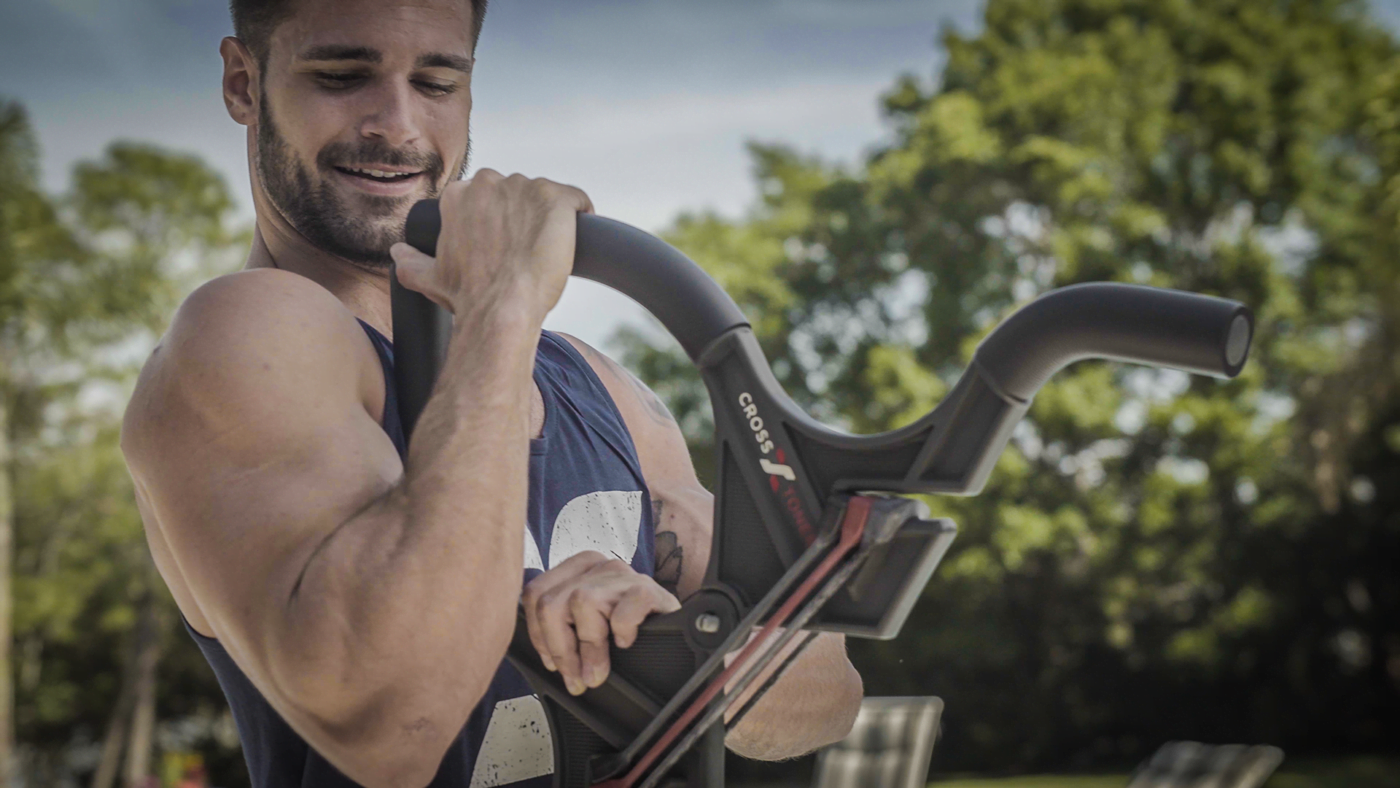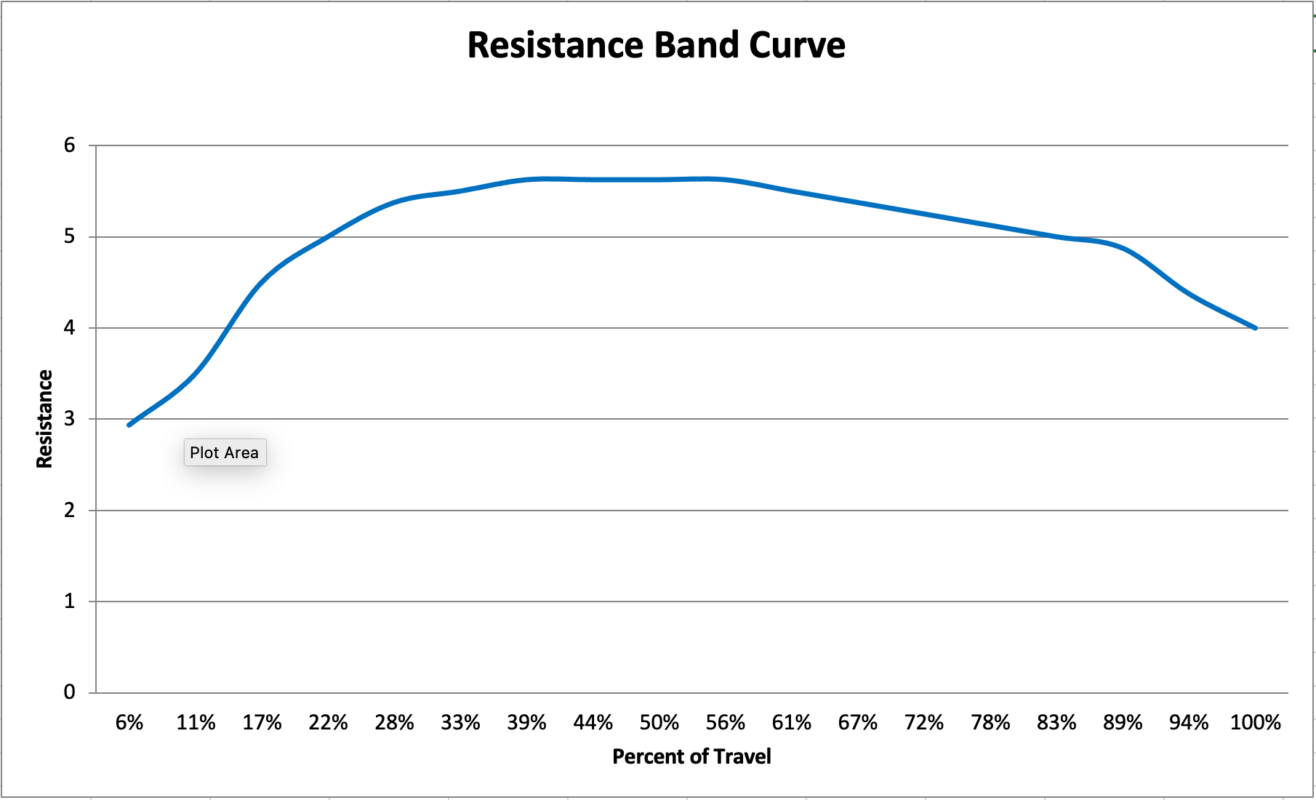CrossToner News
Biomechanics in Strength Training
Resistance Bands and Mechanial Advantage
People frequently question whether it’s more beneficial to maintain steady resistance throughout an exercise’s range of motion or to have the resistance vary.
In strength training, the optimal resistance curve is variable and should match the strength curve of the specific movement and the muscle being targeted.1 The strength curve refers to how the ability to generate force changes over the range of motion for a particular exercise. For most muscles and exercises, the strength curve is not linear – that is, the muscle’s capacity to generate force does not remain constant through the full range of motion.
Let’s take the bicep curl as an example:

- The Beginning (bottom): At the bottom of the curl (when the arm is fully extended), the bicep is at a mechanical disadvantage. This position is where you have the least amount of leverage to produce force, so resistance should be lighter here.
- The Middle: As the forearm moves upward toward a 90-degree angle with the upper arm, the mechanical advantage increases, making this the point of maximum voluntary contraction. The bicep can generate the most force here, so this is where the resistance should be highest.
- The End (top)(shown in photo above): At the top of the curl (when the arm is fully flexed), the bicep is again at a mechanical disadvantage due to the reduced length-tension relationship, and the force that the bicep can produce starts to decrease. Therefore, the resistance should decrease at this point.
Traditional free weights like barbells and dumbbells do not ideally match this strength curve because they provide a constant resistance throughout the movement. They can be hardest to lift at the beginning and end of the movement (depending on the exercise) but easier in the middle, which does not perfectly align with the natural strength curve of the bicep curl. Naturally, the angles at which a weight is moving against the body affects this.
On the other hand, Crosstoner® personal strength trainers, in addition to some machines and cable systems, provide variable resistance that more closely matches the strength curve. For instance, a Crosstoner resistance bands change the resistance throughout the exercise due to the relationship between elasticity of the bands coupled with the rotating effect of the device.

Crosstoners provide an ideal resistance curve which builds from the start, peaks towards the middle, then slightly retracts at the end.

That said, no form of resistance is inherently superior; each has its advantages and can be beneficial depending on the situation, the specific goals of the individual, and the context in which they are used.
1. “Effects of variable resistance training on maximal strength: a meta-analysis” by Soria-Gila et al., 2015.